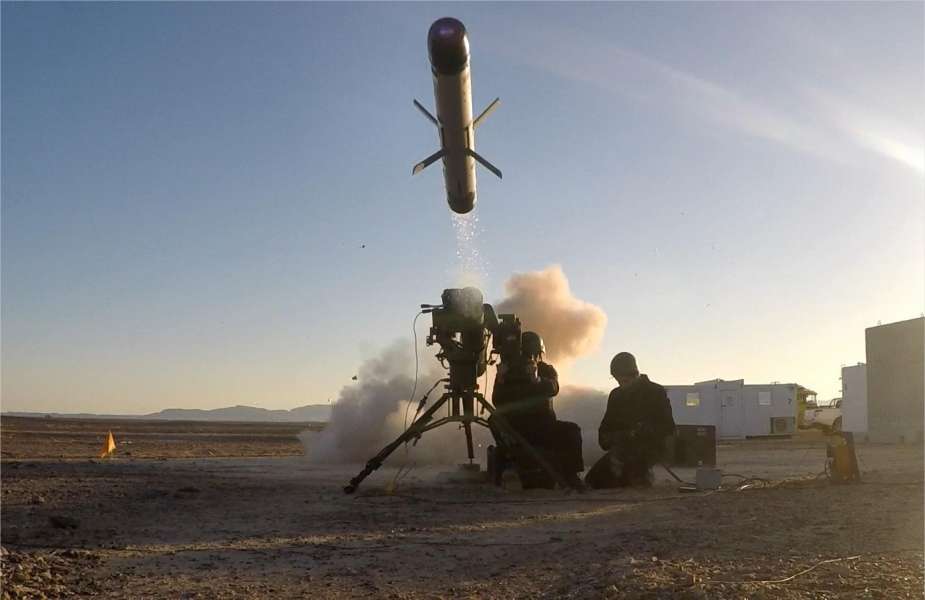Breaking news
Thailand to produce Spike missiles as DTI partners with Rafael.
According to Janes on November 7, 2023, Thailand's Defence Technology Institute (DTI) entered into an agreement with Israeli company Rafael Advanced Defense Systems, aiming to produce the Spike family of lightweight multi-purpose electro-optical guided missile systems within Thailand. The agreement, signed earlier this year, focuses on technology transfers to DTI and exploring local component manufacturing.
Follow Army Recognition on Google News at this link

The Spike ER serves as a multi-purpose missile system, which can be used by helicopters, surface ships, or simply infantry teams. (Picture source: Rafael)
The collaboration aims to potentially produce two versions of Spike missiles in Thailand, the Spike Non-Line-of-Sight (NLOS) and Spike Extended Range (ER). The success of the initial phase, emphasizing technology transfers, will determine the progression to a second phase, contingent upon purchase contracts from the Royal Thai Armed Forces. If the collaboration advances, DTI and Rafael plan to establish a joint venture in Thailand for larger-scale production in collaboration with local industries. This collaboration follows Rafael's agreement to supply the Royal Thai Army with an undisclosed quantity of Spike MR anti-tank missile systems in 2020.
The Spike family of missiles, initially designed for battlefield anti-tank use, has evolved to offer versatile capabilities. Equipped with electro-optical sensors, the Spike missiles provide real-time guidance for mid-flight adjustments and precise targeting. The Spike NLOS, a long-range missile with a 25 km reach, is designed for sea deployment in a surface-to-surface role, showcasing the Spike's adaptability.
The Spike NLOS variant is equipped with a shaped charge warhead featuring dual anti-tank high explosive (HEAT) charges. Available in several versions, it employs third-generation electro-optical guidance technology operating day and night. The latest 6th generation variant boasts a 50 km range and the capability to launch up to four missiles simultaneously, compatible with strategic Unmanned Aerial Vehicles (UAVs).
Conversely, the Spike ER, characterized by its smaller size and shorter 8 km range, serves as a multi-purpose missile system. The Spike ER employs a normal aerodynamic scheme, with aerodynamic surfaces opening post-launch. Its guidance system includes an uncooled Type IIR thermal/television homing head, an inertial system, and a two-way radio data channel. The tandem cumulative warhead enhances its armor penetrability to 1000 mm of homogeneous armor.
Despite its capabilities, the Spike ER has considerations, such as a relatively high cost and flight speed ranging from 160 to 180 m/s. The wearable variant includes guided missiles in a transport launch container, a launcher with components like the Command Launch Unit, thermal imaging sight, cooling system cylinder, tripod, trigger body, display and documentation unit, and maintenance facilities, with an overall weight of 97.2 kg.






















